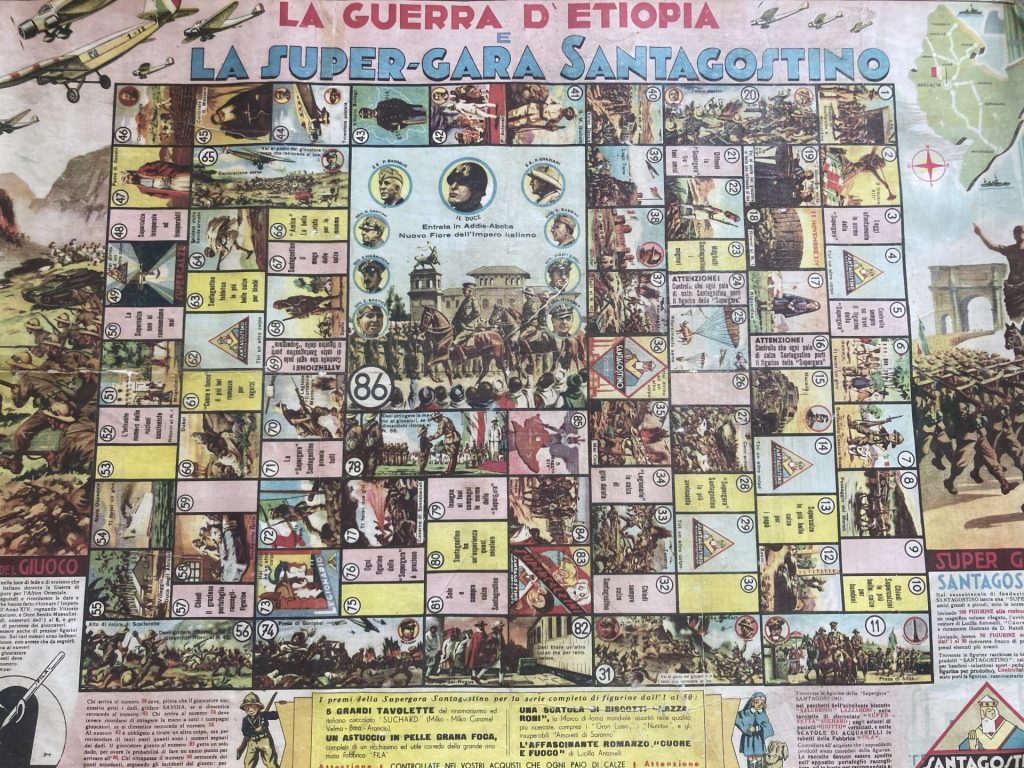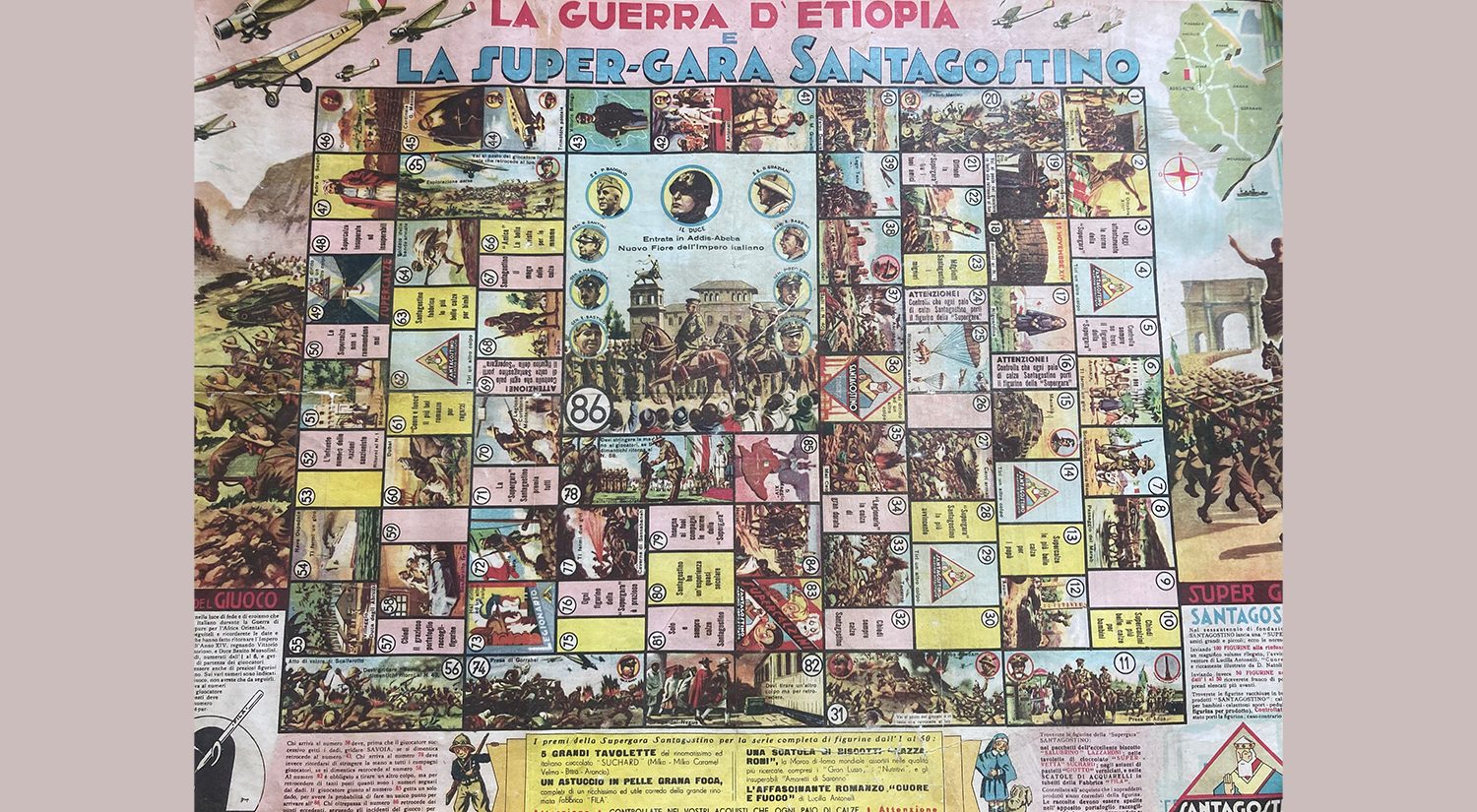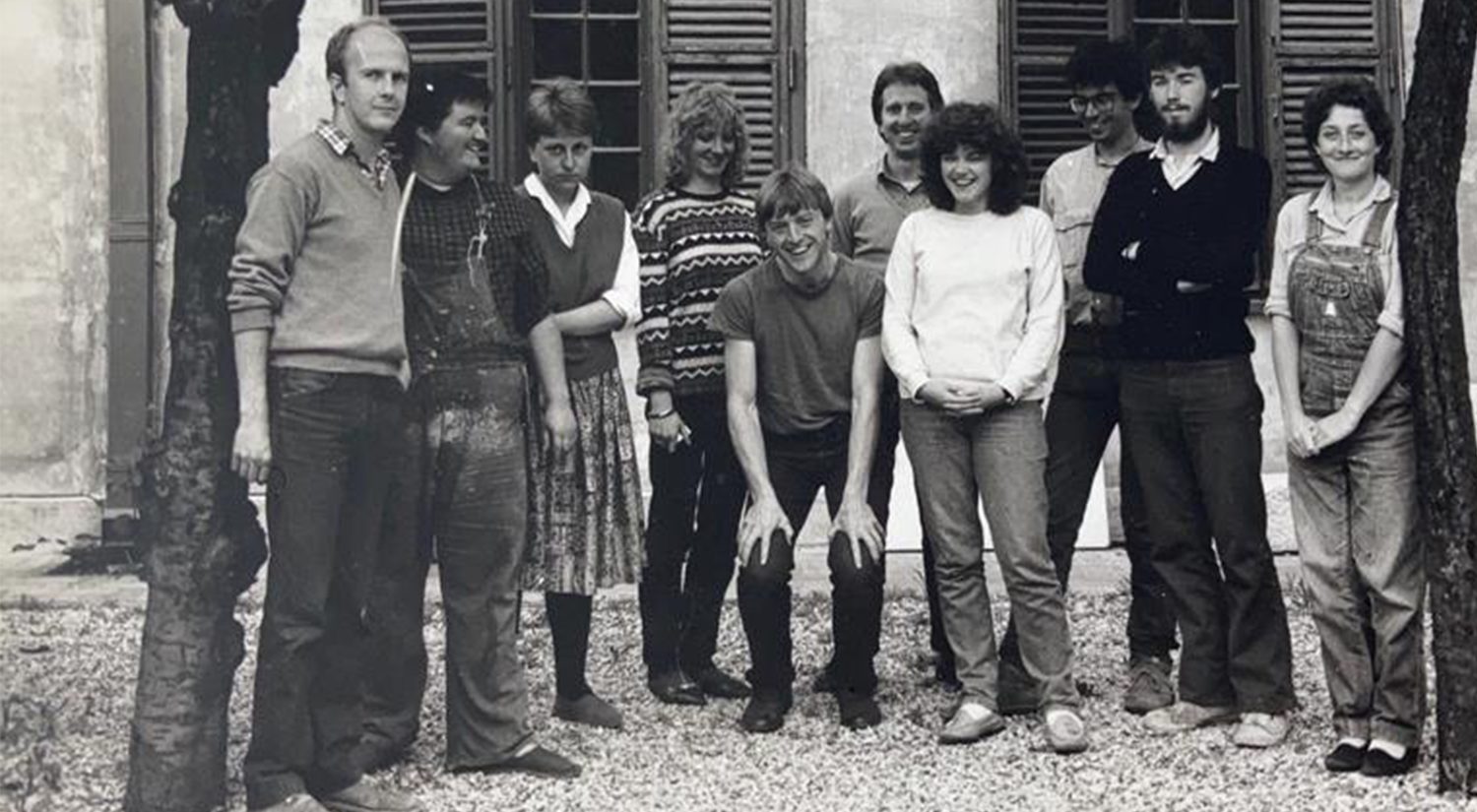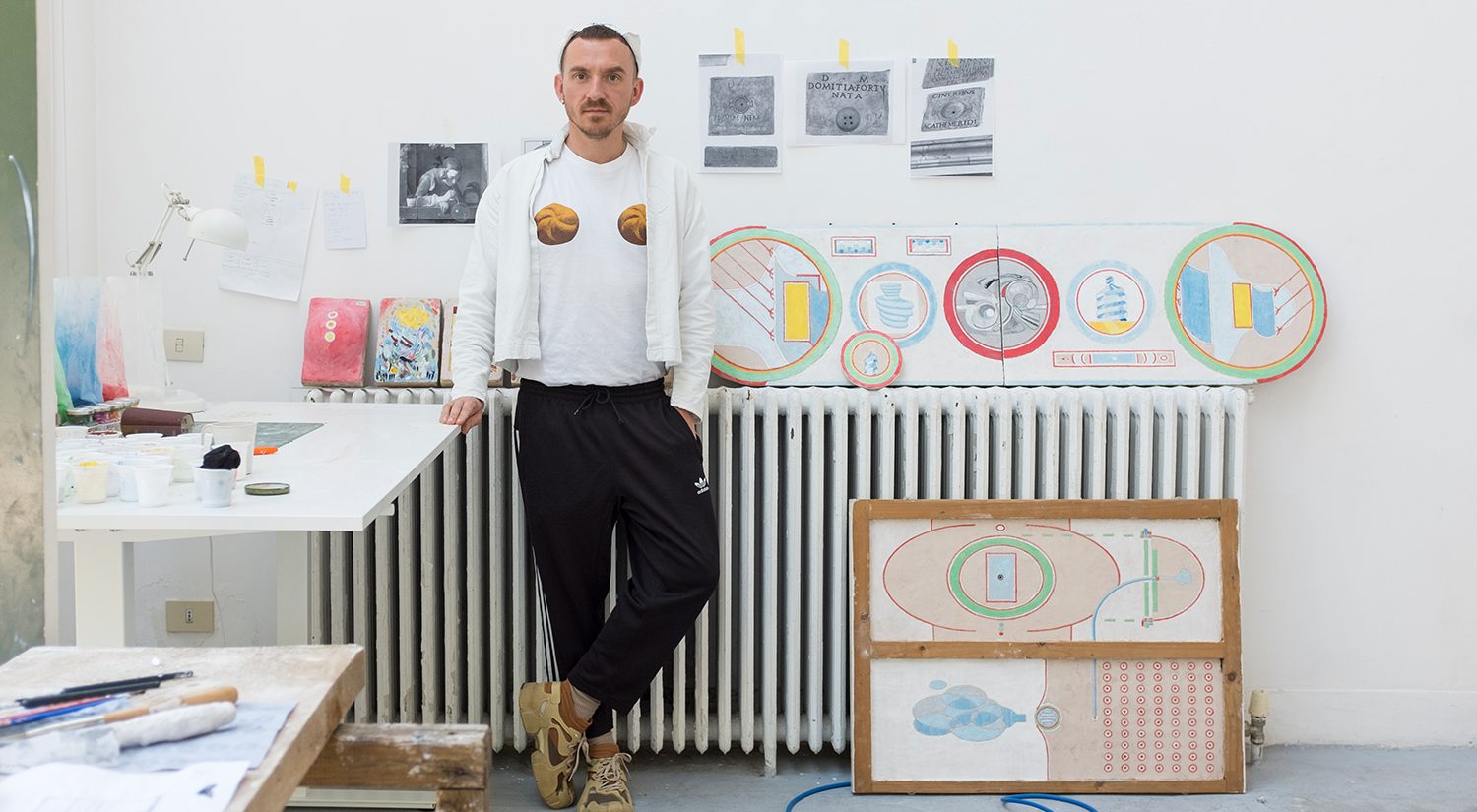Victoria Witkowski concluded her Rome Fellowship at the BSR a few days ago, pursuing her project Imperial Heroism and the Aesthetics of Masculinity in Mussolini’s Italy: The Case of Rodolfo Graziani.
This blog post provides an insight into the research she has conducted at the BSR.
I have spent my time as a BSR Rome fellow working on my book project, ‘Fascist Italy’s Colonial Hero: The Myth of Rodolfo Graziani’, based on my recently defended doctoral dissertation which provides the first comprehensive assessment of the public life, myth-making, and collective remembrance of Italy’s most prominent colonial general, Rodolfo Graziani, in light of his publicly funded commemoration near Rome in 2012.
My research in Rome’s rich newspaper and state archives has revealed that Graziani’s brutality led to his heroisation as Italy’s first colonial war hero, as he initiated genocidal measures such as the creation of concentration camps in Libya during the Second Italo-Senussi War which caused the death of 83,000 Cirenaicans and the free utilisation of illegal poison gases during the Second Italo-Ethiopian War. Whilst the Libyan population named him ‘the butcher’ for his terror tactics, Italian journalists deemed him ‘il grande condottiero del continente nero’ for his leading role in ending the Libyan ‘pacification’ in 1931 and his successful military campaign in Ethiopia.
Through examination of literary and visual propaganda, I have found that the Fascist regime utilised Graziani as the military poster-boy for Italy’s colonial wars and aspirations. Graziani’s portrayal as Fascist Italy’s imperial ‘uomo nuovo’ was disseminated in mainstream Italian publications as the front pages of the nation’s favourite magazines printed fierce watercolours of Graziani and his mechanised army throughout the Ethiopian campaign and colourful depictions of Graziani with the shadow of Roman emperors leading him into battle, emanating themes of heightened masculinity and connections old and new between heroes of the Roman empire, Renaissance ideals and neo-classical sculpture.

At the BSR, I have utilised its vast interdisciplinary network of scholars, artists, architects and creative writers to expand my research scope and methodological framework in order to produce truly interdisciplinary work. The weekly ‘show and tell’ sessions, organised by Balsdon fellow, Lara Pucci, and Bridget Riley fellow, Catriona Gallagher, were indispensable to the development of my research. The informal session allows fellows to present any tangible object of their work to anyone working at the BSR in the form of a ‘group brainstorm’ in order to receive feedback.
When I presented my primary sources, specialised observation from classicists and artists allowed me to gain knowledge about the materiality of my sources and draw comparison and continuity with material culture from Ancient Rome. One such source was a Fascist colonial board game whereby the artists told me that the current colours on the board are unoriginal as the pigment had changed through light exposure and time. Another source was a commemorative Fascist-era medallion and the classicists present had found similar iconography and objects in their research on objects of Imperial Roman culture. This heightened visual analysis and new historical insight has allowed me to draw critical comparison between the material culture of the ancient Roman empire and the propaganda and censorship of the Fascist regime and its colonial enterprises.

Living in this unique environment has allowed for such interactions outside these sessions, over dinner, for example, or during site visits with other BSR residents where I continue to expand and share my knowledge of Rome past and present. At the BSR, I have crucially found mentors, friends and collaboration beyond my immediate field of research. I am very grateful to have been part of this wonderful community, which has given me crucial access to Italian archives and a highly productive and welcoming work environment.













